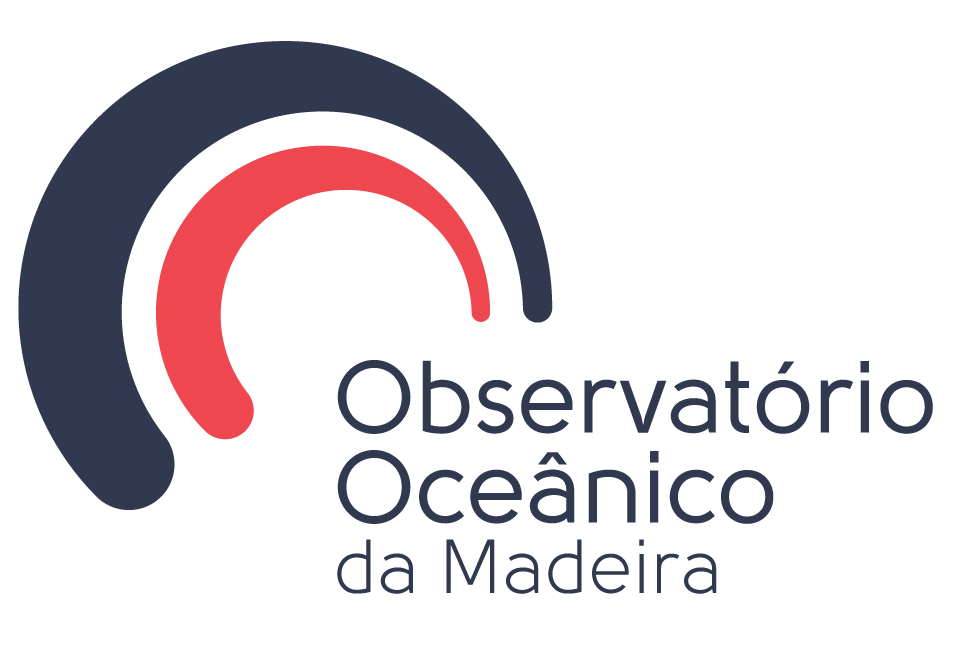| Scientific name: Gnathophausia ingens |
| Nome comum: N/A |
| Common name: Giant luminescent opossum shrimp; Deep water giant red mysid |
| Classification: ARTHROPODA > CRUSTACEA > Lophogastrida > Gnathophausiidae |
| Description: Bathypelagic shrimplike crustaceans. When disturbed, they can produce a bright luminescent cloud into the water. |
Global Distribution: Worldwide in tropical and temperate regions.
|
| BIOLOGICAL FEATURES |
| Size: Maximum length 35 cm (female, eastern Pacific). Usually up to 18 cm. |
| Age: |
| Weight length rel.: |
| Growth type: Linear. |
| von Bertallanfy growth parameters: |
| Reproduction: Semelparous (reproduces only once). Brood volume estimated to be between 30-50% of body volume. They are called 'opossum shrimps' because they carry their eggs and young in a thoracic pouch or 'marsupium'. A growth spurt after reaching maturity and the disappearance of males above 15 cm could indicate that the female eats the male after copulation. |
| Maturity: |
| Behavioural ecology: |
| Population structure & migrations: |
|
| ECOLOGICAL FEATURES |
| Depth range: Usually between 500-1200 m, but can be found up to 4000 m. |
| Habitat: Bathypelagic. |
| Feeding habits: |
| Trophic level: |
|
| FISHERIES |
| Commercial interest: Not commercial. |
| Conservation status: Not evaluated. |
| Nutritional information & food safety: |
|
| REFERENCES |
Cowles D. (2006). Gnathophausia ingens. Accessed through: Invertebrates of the Salish Sea at www.iucnredlist.org
Mauchline J. (1988). Egg and brood sizes of oceanic pelagic crustaceans. Marine Ecology Progress Series, 43: 251-258.
Meland, K.; Mees, J. (2014). Gnathophausia ingens (Dohrn, 1870). In: Mees, J. & K. Meland (Eds) (2012 onwards) World List of Lophogastrida, Stygiomysida and Mysida. Accessed through: World Register of Marine Species at www.marinespecies.org on 2014-06-18
|
|

